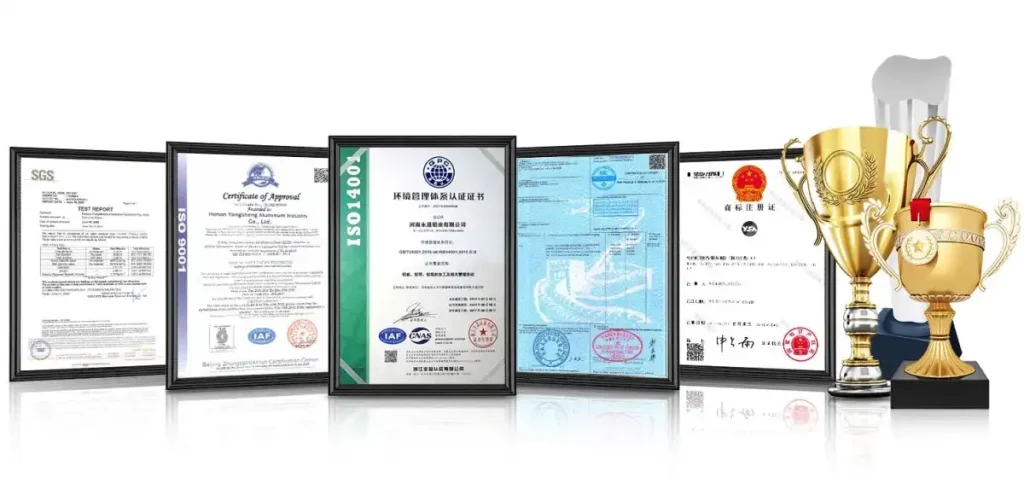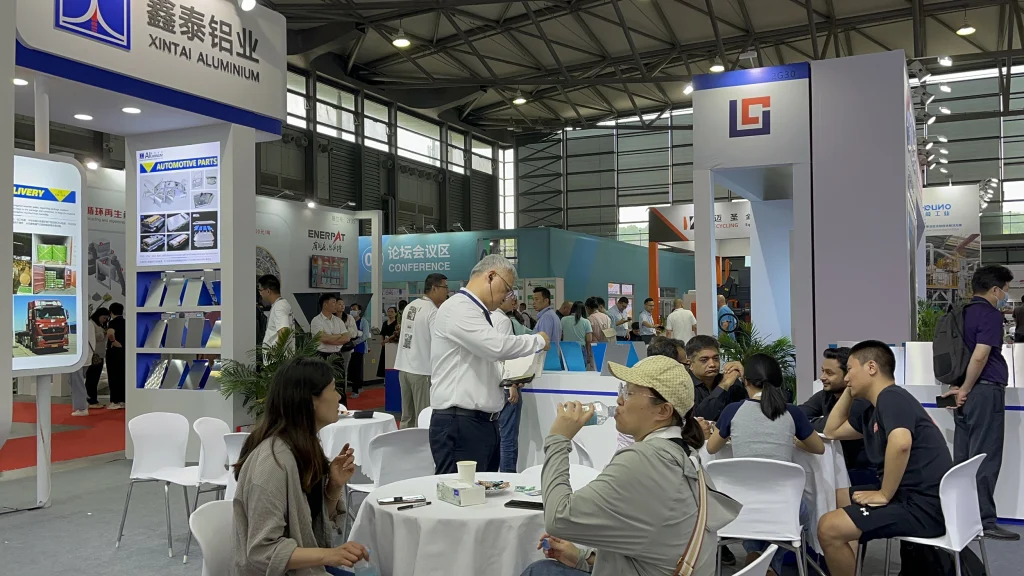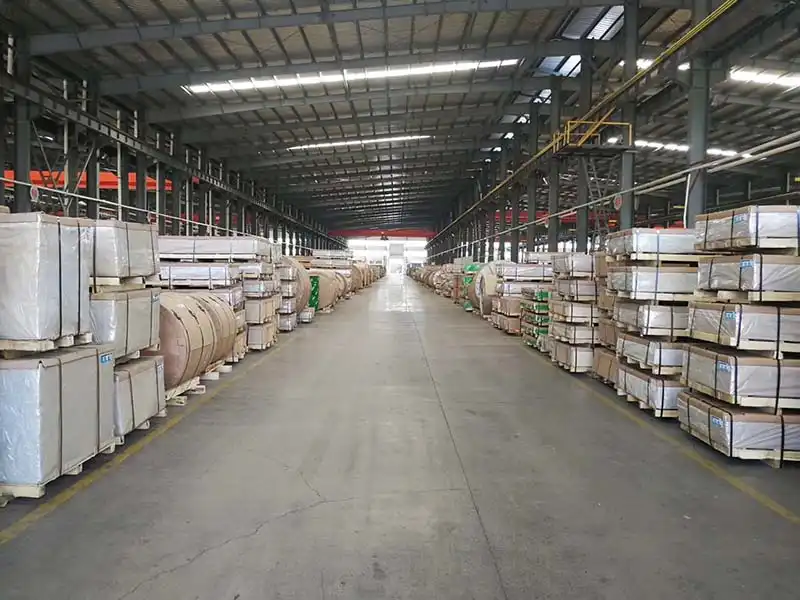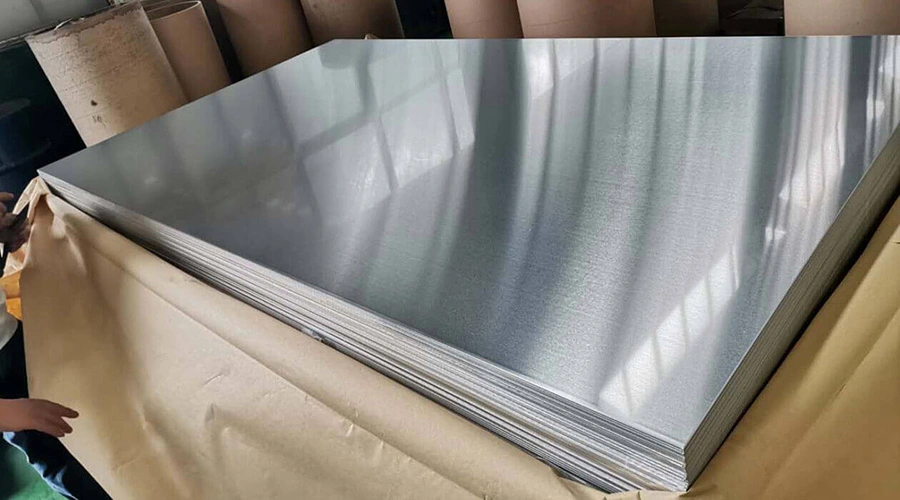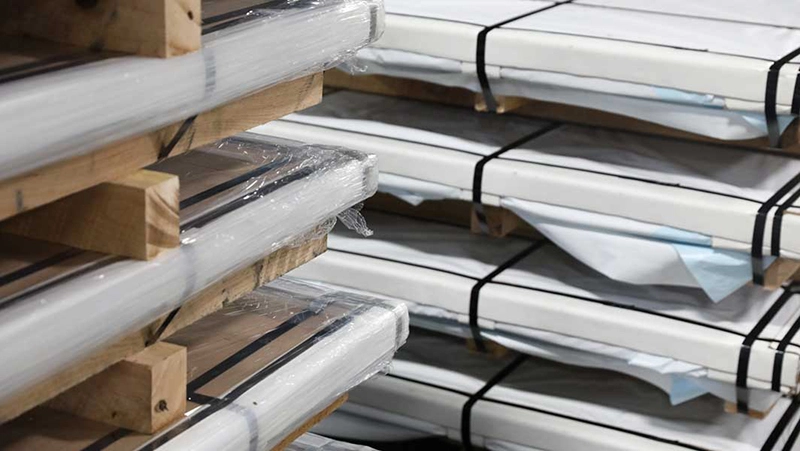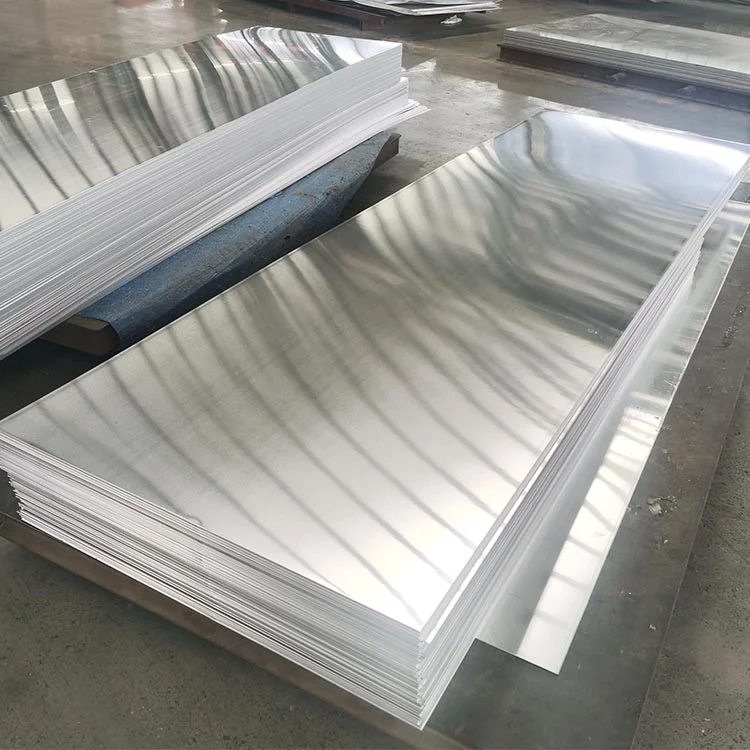Aluminum plates are created by first smelting aluminum ore to extract metallic aluminum, then melting and casting the aluminum into slabs, followed by rolling, stretching, and other processing steps. The fundamentals of producing aluminum plates are mostly based on metallurgy and metal processing processes. Because of its distinctive qualities such as low weight, high strength, thermal conductivity, electrical conductivity, corrosion resistance, and plasticity, aluminum sheets are widely utilized in aerospace, vehicle production, electronic equipment, construction, and industrial areas. This post will provide you some ideas for where to get high-quality aluminum sheets:
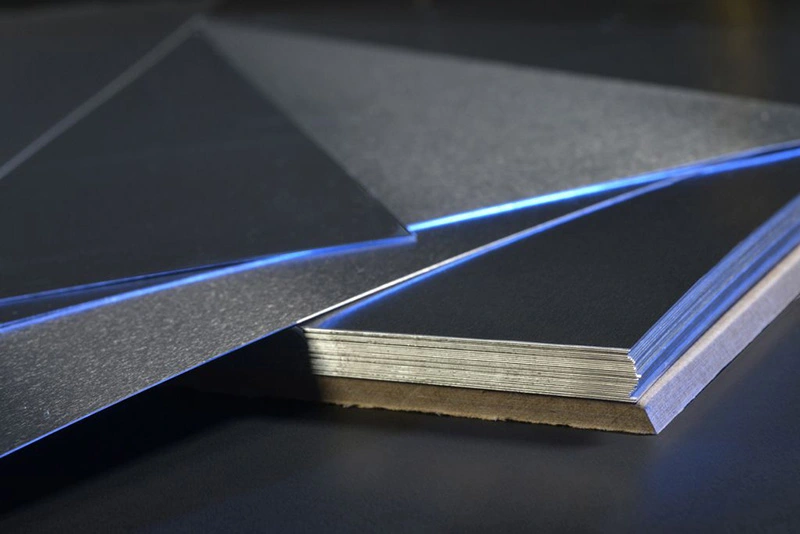
Know The Aluminum Plates :
Aluminum plates are extremely durable and lightweight, making them easy to handle, transport and install. When aluminum metal is exposed to air, it forms an oxidation barrier that prevents rust and deterioration. Due to its corrosion-resistant properties, aluminum panels are suitable for use in harsh or humid environments. In addition, aluminum has excellent thermal conductivity and can effectively dissipate heat to its surface.
Types Of Aluminum Plates
Aluminum plates are classified into 1-8 series. Each series has its own set of characteristics and uses. Among them, 1000 series aluminum, 3000 series aluminum, 5000 series aluminum, and 6000 series aluminum plates are more often used, whereas 2000 series, 4000 series, and 7000 series are rare. The 8000 series aluminum is is primarily found in the form of aluminum foil sheets. We won’t go into too much detail here. Explain briefly several common aluminum alloy series:
1000 Series Aluminum Plate: With a minimum aluminum metal composition of 99%, this series is also known as the pure aluminum series. They are soft and pliable, making them excellent for deep sketching or spinning applications.
2000 Series Aluminum Plate: A series of aluminum-copper alloys with excellent fatigue resistance. They are commonly used in aerospace applications.
3000 Series Aluminum Plate: Aluminum-manganese alloy series, with good formability and corrosion resistance. They are commonly used in the construction and automotive industries.
4000 Series Aluminum Plate: Mainly composed of aluminum and silicon as the main alloy elements. It has high strength, especially at high temperatures and can still maintain a certain strength. Proper welding processes and alloy fillers need to be used when welding to ensure the quality and performance of the welded joint.
5000 Series Aluminum Plate: Aluminum-magnesium alloy series with excellent corrosion resistance and weldability. They are commonly used in marine and transportation applications.
6000 Series Aluminum Plate: magnesium silicon alloy series, with good formability, weldability and corrosion resistance. They are commonly used in the construction and automotive industries.
7000 Series Aluminum Plate: Aluminum-zinc alloy series, higher in price, with excellent strength and fatigue resistance. They are commonly used in aerospace and sports equipment applications.
- YSA Hot-sale Aluminum Sheet Series:
- 1000 Series
- 3000 Series
- 5000 Series
- 6000 Series
Assessing Your Specific Requirements:
A. Determine Aluminum Sheet Thickness:
Consider the intended use: Determine the intended application and mechanical load requirements to determine the appropriate plate aluminium thickness. Aluminium plates of different thicknesses are used in different fields. Thin aluminum sheet can be used for lighting fixtures, household appliances such as refrigerators or microwave ovens, elevators, and automobile decorative parts; thick aluminum plate can be used for aerospace aircraft, military supplies, ship decks, etc. Thicker aluminum plates generally provide greater strength and load-bearing capacity.
B. Deciding On Aluminum Sheet Size:
Standard Sizes vs Custom Sizes: Determine if standard plate sizes meet your requirements or if custom sizes are necessary. Standard sizes are readily available and cost-effective, while custom sizes offer tailored solutions.
Available Dimensions in the Market: Research the market to identify the range of plate dimensions available, such as length, width, and thickness options, the conventional size width and length of aluminum plates are 1050*2400mm, 1060*2400mm, 1100*2400mm, 1200*3800mm, and some ultra-wide aluminum plates such as widths above 1800mm can be customized and the length is within 8 meters. Common sizes of aluminum plates are:
- 4×8 aluminum sheet
- 1 8 aluminum sheets
- aluminum sheet 5mm
- 3 16 aluminum sheets
- 1 16 aluminum sheet
C. Surface Finish Options:
Mill Finish: The most basic option, mill-finished plates have a natural appearance with a smooth surface straight from the manufacturing process.
Polished Finish: For aesthetic purposes, polished finishes provide a shiny and reflective surface, often used in decorative applications.
Anodized Finish: Anodizing alters the surface layer of the aluminum, enhancing its corrosion resistance and providing a range of color options. Anodized plates aluiminum are suitable when additional protection or a specific appearance is desired.
Selecting The Right Alloy:
Each series of aluminum alloys exhibits different properties based on its alloying elements. To determine the alloy, you must first understand the benefits and properties of each aluminum alloy series and evaluate the strength requirements, formability and corrosion resistance requirements of your application. For example, in terms of strength, the 6000 series contains strong alloying elements such as silicon, magnesium and zinc. It generally has higher strength than 5000 series aluminum alloys. It is also a widely used alloy series for industrial structural components. The 3000 series Al-Mn alloys have good corrosion resistance and weldability, and are commonly used in the manufacture of tanks, pressure vessels, and other applications. Although higher in strength than the 1000 series, they are still lower in strength compared to the 5000 and 6000 series aluminum alloys.
Assessing Aluminum Plate Quality:
Ensuring the quality of aluminum plates is crucial for the success of your project. Consider the following aspects when assessing plate quality:
A. Certification And Standards:
ASTM Standards: Look for aluminum plates that comply with relevant ASTM (American Society for Testing and Materials) standards, ensuring they meet specific requirements for mechanical properties, dimensions, and tolerances.
ISO Certification: Suppliers with ISO (International Organization for Standardization) certification demonstrate adherence to internationally recognized quality management standards, providing assurance of consistent product quality.
B. Material Testing And Inspection:
- Appearance inspection: Visually inspect the plate for any surface defects, such as scratches, dents or irregularities, and observe whether the color of the aluminum plate is consistent, whether there are spots, bubbles or color differences, etc.
- Mechanical testing: Perform mechanical tests such as tensile strength, hardness, and elongation using equipment such as tensile testing machines, durometers, etc. to verify the mechanical properties of the material.
- Weather resistance test: Expose the aluminum plate to different environmental conditions such as high temperature, low temperature, humidity, etc., and observe whether corrosion or oxidation occurs on the surface of the aluminum plate.
- Dimensional inspection: Use measuring tools to check whether the dimensional parameters such as length, width, thickness and corner roundness of the aluminum plate meet your project requirements.
Evaluating Suppliers:
A. Researching Reputable Suppliers:
Check online networking platforms and industry forums for customer reviews and ratings of different suppliers, or seek advice from industry professionals or colleagues with experience working with aluminum panels to identify reliable suppliers.
B. Supplier’s Experience And Expertise:
Years in Business: Maybe you don’t understand this. There is actually no direct relationship between the number of years of establishment and the strength of the aluminum plate manufacturer. However, if the manufacturer has been in this industry for many years, then the professionalism of the aluminum plate factory must be much higher than that of a new factory.
Technical Support and Customer Service: The higher the production capacity and technical level of a supplier, the faster and more accurately it can complete the cutting work of various specifications and sizes. Good suppliers have strong enough technical strength and experience to provide customers with professional consultation and services and effectively solve any questions.
C. Requesting Samples And Specifications:
Sample Availability: Requesting samples from prospective suppliers can help you understand product specifications in advance, including alloy composition, mechanical properties, dimensions and surface finish, etc.
Comparing Prices And Cost Factors:
A. Price Variation Among Suppliers:
Research the market to understand the price range for aluminum sheets, compare prices from different suppliers, and ask about the biggest discounts or special pricing suppliers can offer when ordering in large quantities or on a long-term basis. This will generally provide a price advantage for high-volume orders.
B. Additional Cost Factors:
There are shipping and handling costs to consider, especially when sourcing aluminum panels from international suppliers. Freight, customization, loading and unloading and other costs must be taken into account and cannot be calculated blindly.
Considering Lead Times And Availability:
Timely availability of aluminum plates is essential to meet project deadlines. Evaluate the supplier’s capacity and delivery timeframes based on the following factors:
A. Supplier’s Production Capacity:
When choosing an aluminum plate manufacturer, you can judge whether it is strong by looking at the size of the manufacturer. The more factories, the larger the area, and generally should not be underestimated. Another most effective method is to look at the inventory of aluminum plate manufacturers. Since aluminum plate factories generally operate on spot stock, the overall strength of the aluminum plate manufacturer can be judged from the quantity of inventory in the warehouse. The larger the inventory, the higher the trust level.
B. Shipping and Delivery Timeframes:
Consider the distance between the supplier and your location. Local suppliers usually ship quickly, while international suppliers may have longer delivery times due to customs and logistics. If you need urgent delivery, be sure to negotiate with the supplier for expedited shipping, but certain additional costs will also be incurred.
Reviewing Warranty And Return Policies:
Understanding the supplier’s warranty and return policies ensures protection against defects or performance issues. Consider the following factors:
A. Supplier’s Warranty Coverage:
Be sure to clarify what the supplier’s warranty covers against manufacturing defects or any performance issues that arise from the use of aluminum panels. Determine the warranty period provided by the supplier to ensure it meets your project timeline.
B. Return And Exchange Policies:
Minimize risk by familiarizing yourself with your supplier’s return eligibility criteria and procedures and inquire about any potential fees and issues associated with returning products.
Placing Your Order:
A. Finalizing Specifications And Quantities:
Aspects like alloys, thicknesses, gauges, apparent finishes, and volumes are among the ones you may regard to be particularly important. As such, be sure the providers are educated about these.
B. Requesting A Quotation:
Detailed Quote with Breakdown: Reach out to the supplier and request a detailed quotation that includes the individual costs of aluminum plates, any additional services or customization fees, shipping costs, and applicable taxes. This breakdown will help you understand the total cost breakdown and make informed decisions.
Payment Terms and Conditions: Inquire about the payment terms and conditions, such as accepted payment methods, deposit requirements, and payment deadlines. Clarify any uncertainties regarding payment to avoid any misunderstandings.
C. Making The Purchase:
Payment Method Options: Choose a suitable payment method offered by the supplier, such as bank transfer, credit card, or online payment platforms, and proceed with the payment process as per the agreed-upon terms.
Confirming Order Acknowledgment: Once the payment is made, request an order acknowledgment from the supplier to ensure that your order has been received and is being processed. Retain this acknowledgment for future reference.
Taking Care Of Aluminum Plates:
A. Proper Storage Techniques:
Store aluminum sheets in a dry environment and use protective covers or packaging to prevent corrosion and oxidation. When stacking aluminum panels, use partitions or spacers to avoid direct contact between panels and reduce the risk of scratches or damage. Handle and stack carefully to prevent dents or bends.
B. Cleaning And Maintenance Tips:
If there is dust buildup or corrosion on the surface of the aluminum plate, it is recommended to use a mild, non-abrasive cleaner or a special aluminum cleaner to clean the plate. When cleaning, please use a soft cloth, sponge or brush to avoid scratching the surface of the board.
FAQ:
What is the cheapest type of aluminum sheet?
Among the commonly used aluminum plate options, the most affordable option is usually aluminum alloy 3003. 3003 aluminum sheet is an aluminum-manganese alloy that is versatile and due to its wide availability and relatively low cost compared to other aluminum alloys, it Aluminum sheeting is generally considered the most economical option.
Is aluminium cheap to buy?
Aluminum is generally considered a less expensive material, especially when compared to other metals such as steel or titanium. Mainly because aluminum is abundant in the earth’s crust, is cheap to extract, and is inexpensive to transport and process. However, the price of aluminum is affected by several factors, such as the specific alloy type, form (such as sheet, slab, or extrusion), thickness, size, and market conditions. Can’t give a specific answer.
What is the most common aluminum plate?
The most common aluminium plates are usually from 1000 series aluminum alloy or 3000 series aluminum. Aluminum 1000 series, especially alloy 1100, is known for its high corrosion resistance and good formability, making it suitable for general purposes such as cookware, signage and decorative applications, which are more common in life. 3003 aluminum among the aluminum 3000 series is popular in applications such as building exterior walls, storage tanks, and auto parts because of its economical benefits, medium strength, and excellent processing properties.


